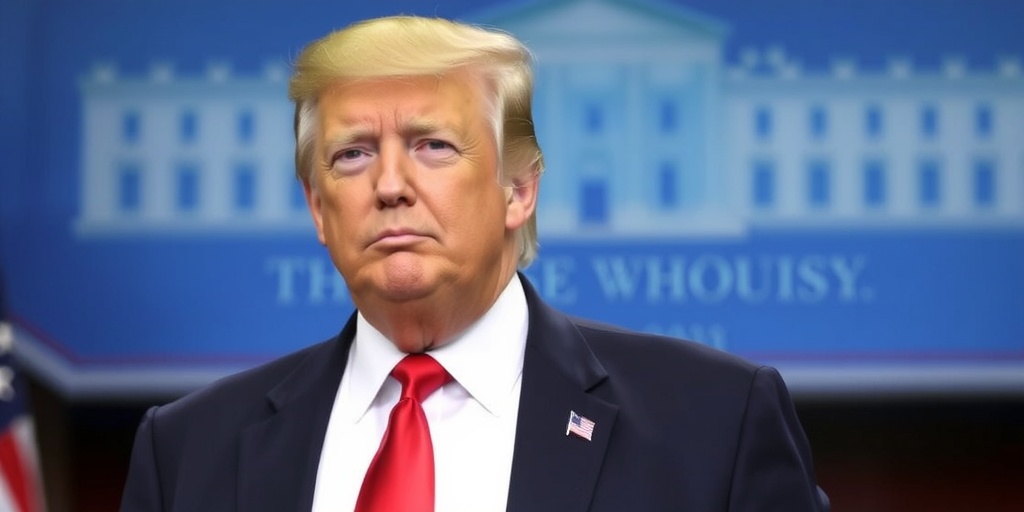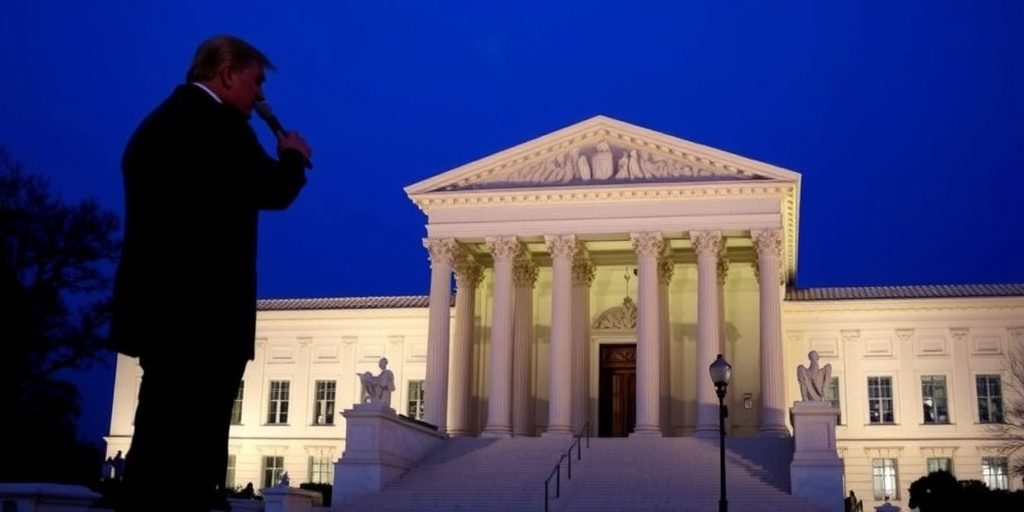Now Reading: Appeals Court Restores Trump-Fired Federal Board Leaders
-
01
Appeals Court Restores Trump-Fired Federal Board Leaders
Appeals Court Restores Trump-Fired Federal Board Leaders

Federal Appeals Court Upholds Independence of Labor Oversight Agencies Amid Trump’s Controversial Dismissals
In a significant ruling on Monday, a federal appeals court in Washington reinstated the leaders of two independent government entities that oversee labor disputes, amid a legal controversy sparked by former President Donald Trump’s efforts to dismiss them. The case has gained considerable attention as it underscores the ongoing battle over federal employee rights and the protection of civil service positions.
The two boards affected by this decision—the Merit Systems Protection Board (MSPB) and the National Labor Relations Board (NLRB)—are tasked with safeguarding the rights of federal employees and unionized laborers alike. Their functions have become increasingly critical as Trump has attempted to implement drastic workforce reductions and strip away protections that may hinder his aggressive agenda to downsize the federal workforce.
At the crux of this legal dispute was a contested legal precedent established in 1935, known as the Humphrey’s Executor v. United States case. This precedent effectively shields the heads of such independent agencies from being removed without cause, thereby protecting them from potential political interference. The latest ruling sets the stage for a potential Supreme Court review, which could ultimately determine whether Trump possesses the unilateral authority to alter the leadership of these boards.
In a decisive 7-4 vote, the court overturned a previous decision made by a divided three-judge panel that had permitted the Trump administration to remove Cathy Harris and Gwynne A. Wilcox, both appointees under President Joe Biden. Harris was serving with the MSPB, while Wilcox was part of the NLRB. The panel’s clearance had opened the doors for sweeping changes in labor oversight, but Monday’s ruling reinstated the two leaders amidst ongoing legal battles.
Both Harris and Wilcox became targets of Trump in his broader campaign to centralize power and diminish the protections afforded to federal employees. Their removals were framed as part of Trump’s strategy to eliminate what he and his advisers viewed as bureaucratic impediments to his policy goals. As Trump’s administration sought to fire federal workers en masse and reduce the size of multiple federal agencies, including the United States Agency for International Development, the reinstatement of Harris and Wilcox marks a significant setback for the former President’s agenda.
In their opinion, the majority of the court maintained that the decision from 1935 still holds weight and must be adhered to unless the Supreme Court rules otherwise. Thus, until such a ruling is made, the court explained, both Harris and Wilcox cannot be summarily dismissed from their roles. The ruling punctuates the tension between the executive branch’s authority to make personnel changes and the independence of agencies designed to function without political pressure.
The hearings surrounding Harris and Wilcox echoed the earlier case of Hampton Dellinger. Dellinger, who investigated claims of wrongful termination among federal employees, was also removed by Trump’s administration earlier this year. His lawsuit against the administration was the first to reach the Supreme Court, which temporarily halted his dismissal but left the broader questions about presidential removal power unresolved. Ultimately, Dellinger opted to withdraw from his legal battle, highlighting the complexity and uncertainty surrounding these legal issues.
In dissenting opinions, judges opposed to the reinstatement expressed concerns that the ruling undermines the president’s capacity to implement his policy agenda. They argued that the precedent set by Humphrey’s Executor has been gradually weakened over time. Judge Neomi Rao, a Trump appointee, noted that Harris and Wilcox could not simply be reinstated based on the court’s declaration that they had never been removed.
In a related move, the appeals court denied a request from the Trump administration to delay the reinstatement of Harris and Wilcox for seven days, allowing the government time to prepare an appeal for the Supreme Court. This decision reflects the growing legal battles that the former President has been entangled in as he seeks to reshuffle federal boards and make significant changes to the workforce.
As the appeals court ruling lays the groundwork for a possible Supreme Court showdown, it illustrates a critical moment in the ongoing debate about the rights of federal employees and the independence of government agencies in the face of political pressures. The outcome will have profound implications not just for Harris and Wilcox but for the broader landscape of federal labor relations and the protections afforded to workers across the nation.
Stay Informed With the Latest & Most Important News
Previous Post
Next Post
-
 01New technology breakthrough has everyone talking right now
01New technology breakthrough has everyone talking right now -
 02Unbelievable life hack everyone needs to try today
02Unbelievable life hack everyone needs to try today -
 03Fascinating discovery found buried deep beneath the ocean
03Fascinating discovery found buried deep beneath the ocean -
 04Man invents genius device that solves everyday problems
04Man invents genius device that solves everyday problems -
 05Shocking discovery that changes what we know forever
05Shocking discovery that changes what we know forever -
 06Internet goes wild over celebrity’s unexpected fashion choice
06Internet goes wild over celebrity’s unexpected fashion choice -
 07Rare animal sighting stuns scientists and wildlife lovers
07Rare animal sighting stuns scientists and wildlife lovers





















